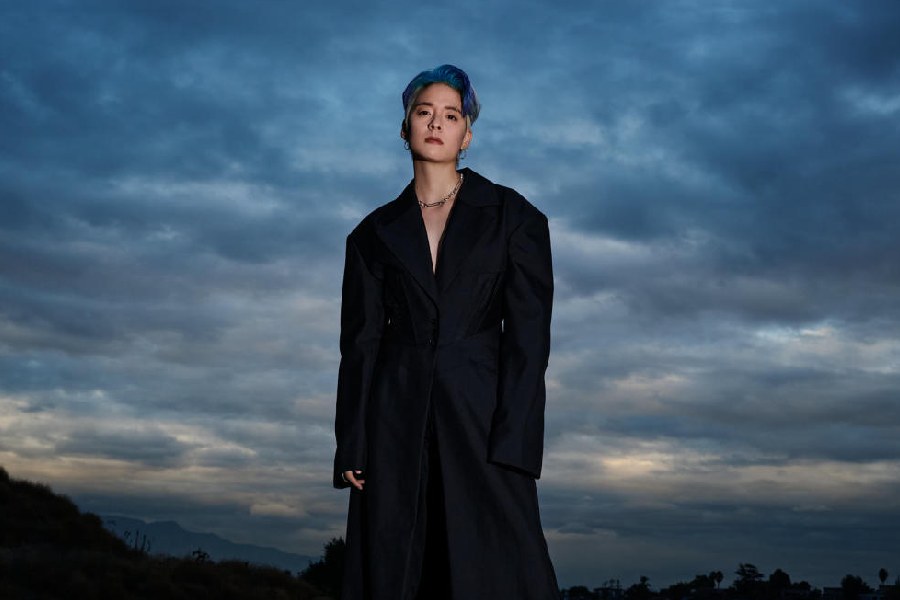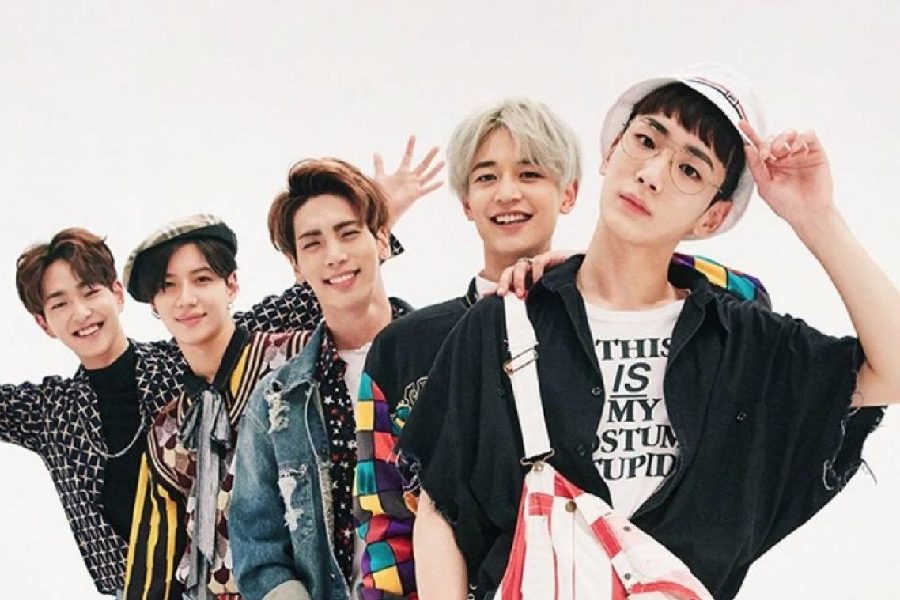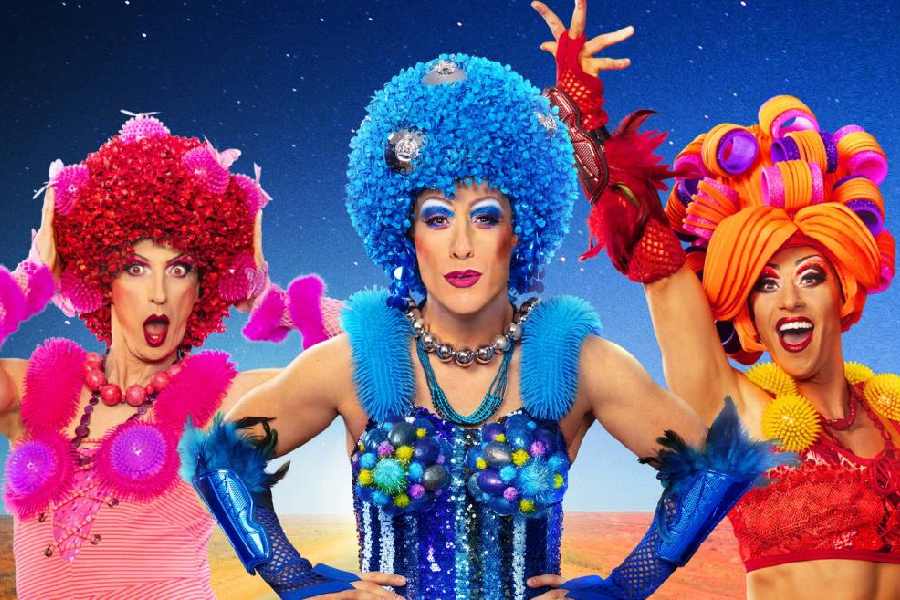Cross-dressing and drag were one of the first expressions of queer activism. Long before cisgender men started painting their nails black, the queer body was being used as a canvas to depict characters, messages and narratives.
Drag is the art of resistance and sits at the forefront of queer history, which is much more expansive than mainstream pop culture tells us. Drag’s roots run far deeper, pioneered by misunderstood drag queens, crossdressers, and Latin African-American performers in the late 19th century. Having been heavily stigmatised for centuries, much of drag history is muddled and stampeded upon. Drag is not just a performing art, it is a person, artistic and political. The body as a theatrical device accomplishes its meaning through the manifestation of physical identities.
The first known drag queen was William Dorsey Swann, a formerly enslaved man of African-American descent. He hosted drag parties in the 1880s where his male guests cross-dressed unapologetically and soon started referring to him as their leader, the ‘Queen’. Drag is etched in history and literature. From male theatre artistes in the Victorian Era playing the role of both men and women in Shakespearean plays to ‘hijras’ in the Indian perspective who are known to have existed since time immemorial.
Rupaul’s Drag Race is undeniably the forerunner of popularising and normalising drag in the modern day but there is more to drag than just fashion and sass. We have listed some impactful instances of crossdressing across South Asian cultures seen in music, audio-visual mediums and culture.
Priscilla, Queen of the Desert
Adapted from the 1994 film The Adventures of Priscilla, Queen of the Desert by director-writer Stephan Elliott and Allan Scott, the eponymous musical is an iconic one. The musical depicts the shows of drag queens. It’s a drag celebration with inclusivity and sexual minorities at its crux. The performance includes hit pop songs from the ’80s, such as Madonna’s Like a Virgin, Material Girl, Holiday, I Will Survive and It’s Raining Men. The attires featured pink glitter, feathers, fur, heavy makeup and high heels.
f(x)’s Amber Liu

Amber Liu
A ground-breaking girl group, f(x) has been at the forefront of crossdressing, which is a spectrum and beyond binaries. Amber Liu, known for her androgynous style, has often dressed in masculine clothing both on and off stage, advocating for gender neutrality. Her powerful stage presence and refusal to conform to traditional gender expectations have made her a role model for many.
Girls’ Generation
One of the most influential girl groups in K-pop history, has also experimented with cross-dressing. In their music video for Boyfriend, the members dressed as boys, showcasing their ability to perform convincingly in male roles. This playful inversion of gender roles was not only a creative artistic choice but also a subtle commentary on the fluidity of gender identity.
SHINee

SHINee
Another prominent boy group, SHINee, has also delved into cross-dressing. Taemin, in particular, has performed in drag, most notably during a 2014 performance on Immortal Songs 2, where he captivated the audience with his rendition of Something by Girls’ Day, dressed in a fully feminine outfit. Taemin’s seamless blend of femininity and masculinity highlighted his versatility as an artiste and challenged conventional perceptions of gender in performance.
Natya Shastra

Natya Shastra
In the ancient Hindu treatise of dance, performative techniques and expressions were not restricted by the performer’s gender. Components such as the concept of Rasa (emotional essence), Bhava (emotional states), and Abhinaya (expression) can be interpreted in ways that accommodate gender fluidity by allowing performers to embody a spectrum. Classical and folk dancers have been practising the art of drag and rebelling in a complex gender for many centuries, they didn’t know it was called drag. And it is performative drag that goes down to the grassroots levels.
Chamayavilakku festival of Kerala
Brightly-dyed crimson saris, matching accessories and boxes of makeup, general womanly commotion fussing over sari pleats, doing each other’s jasmine oil-soaked raven hair, all in the spirit of nocturnal procession to seek blessings from the Goddess Bhagavati. For the kothis (feminine men) at the Chamayavilakku festival in Kerala, it is also an opportunity to dress up, because many of their parents are unaware of their real identities. “At least, in the name of God, I can openly wear a sari,” says Sheetal and her friends, part of Sahodaran, a Chennai-based group that works for the prevention of HIV/AIDS among the LGBTQIA+ community. The festival marks the propagation of crossdressing that has unfolded across the country for centuries, especially resonating with the transgender community.
